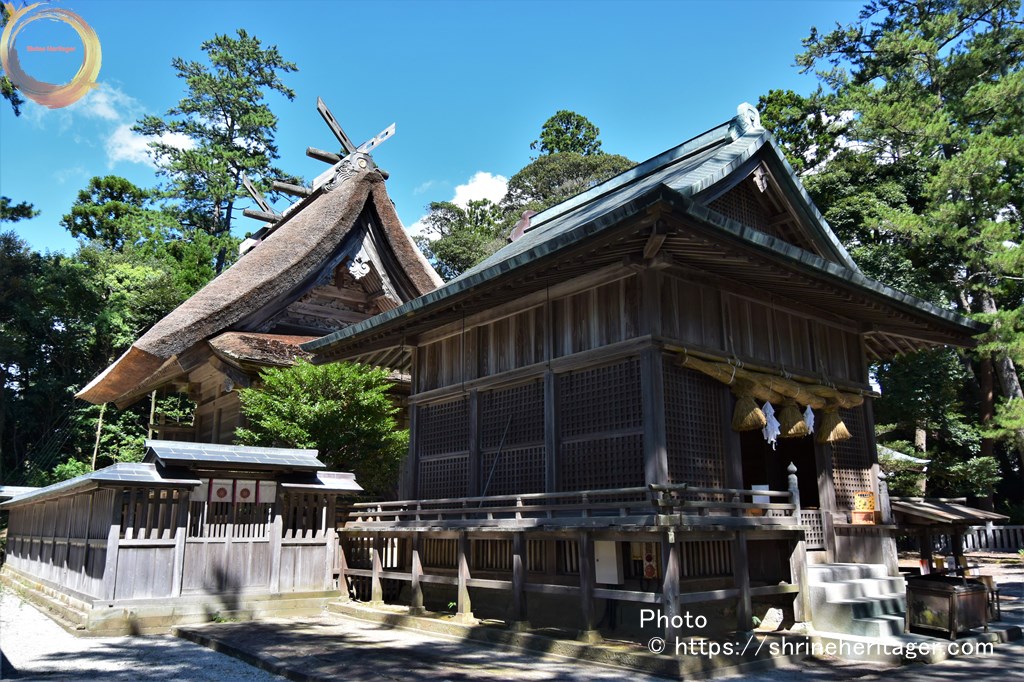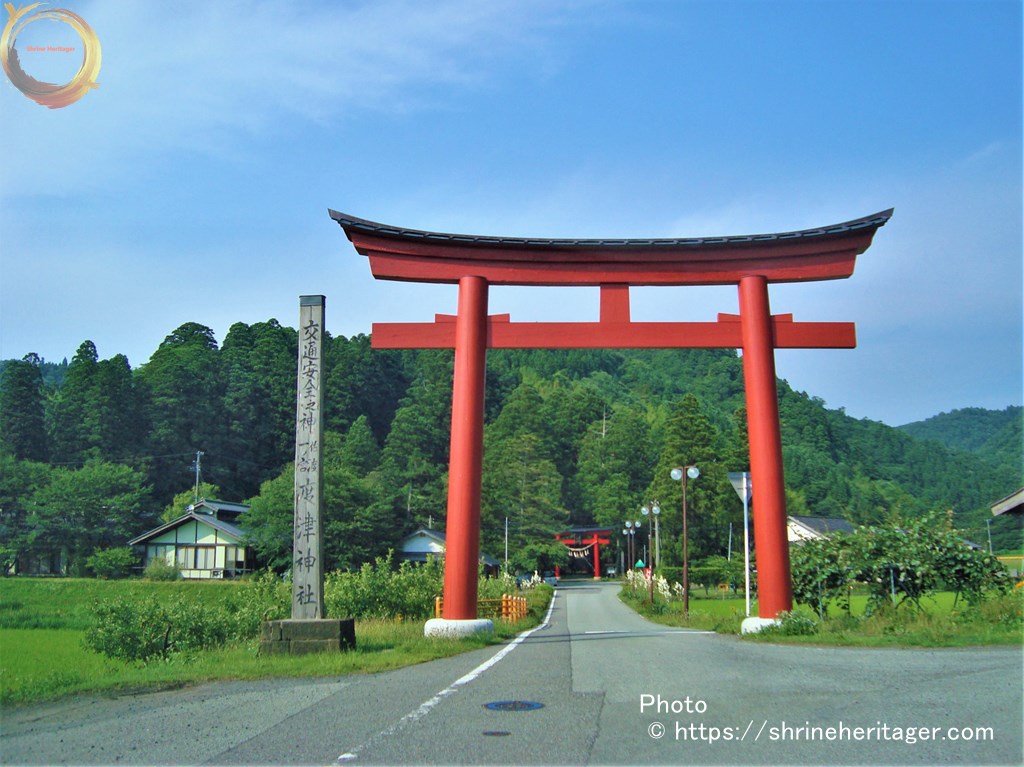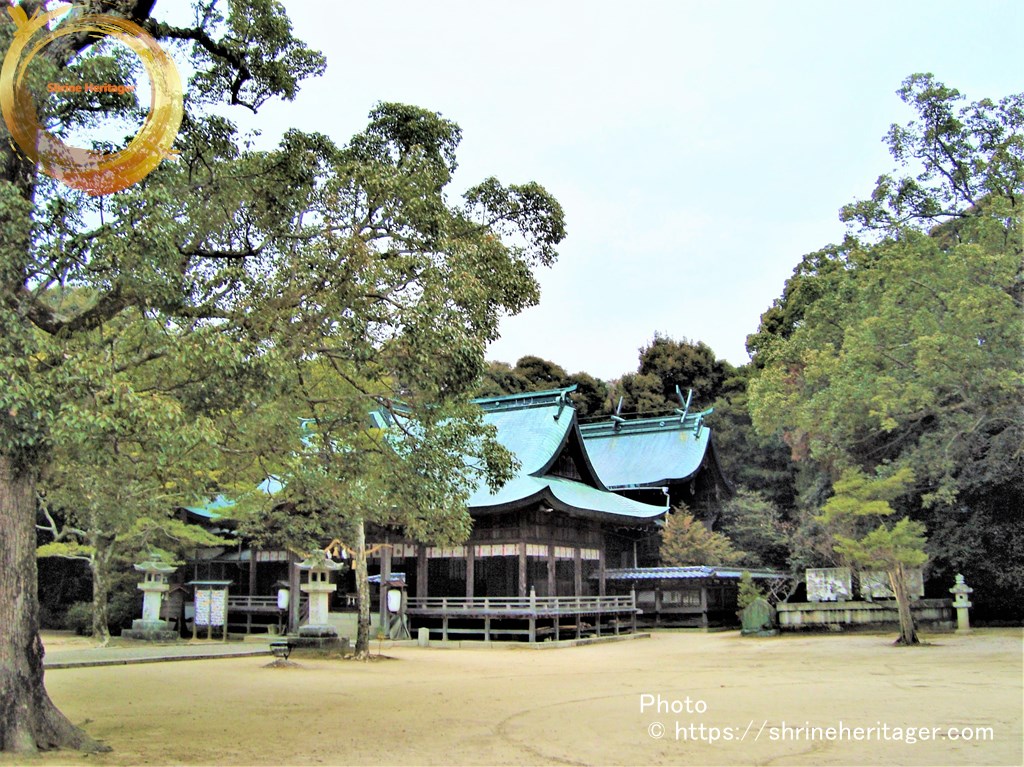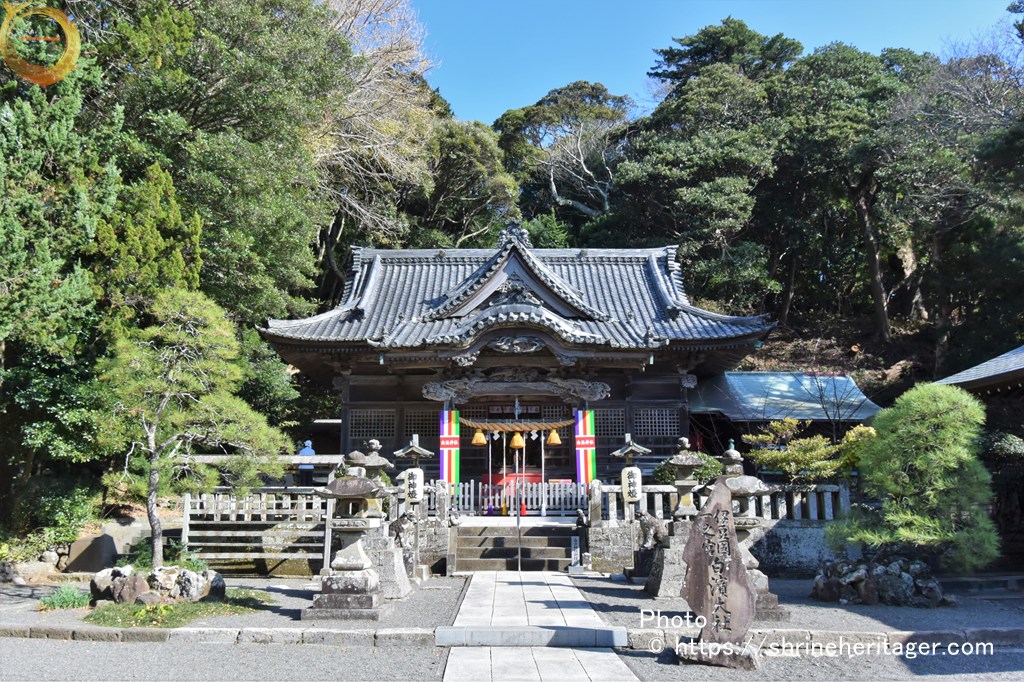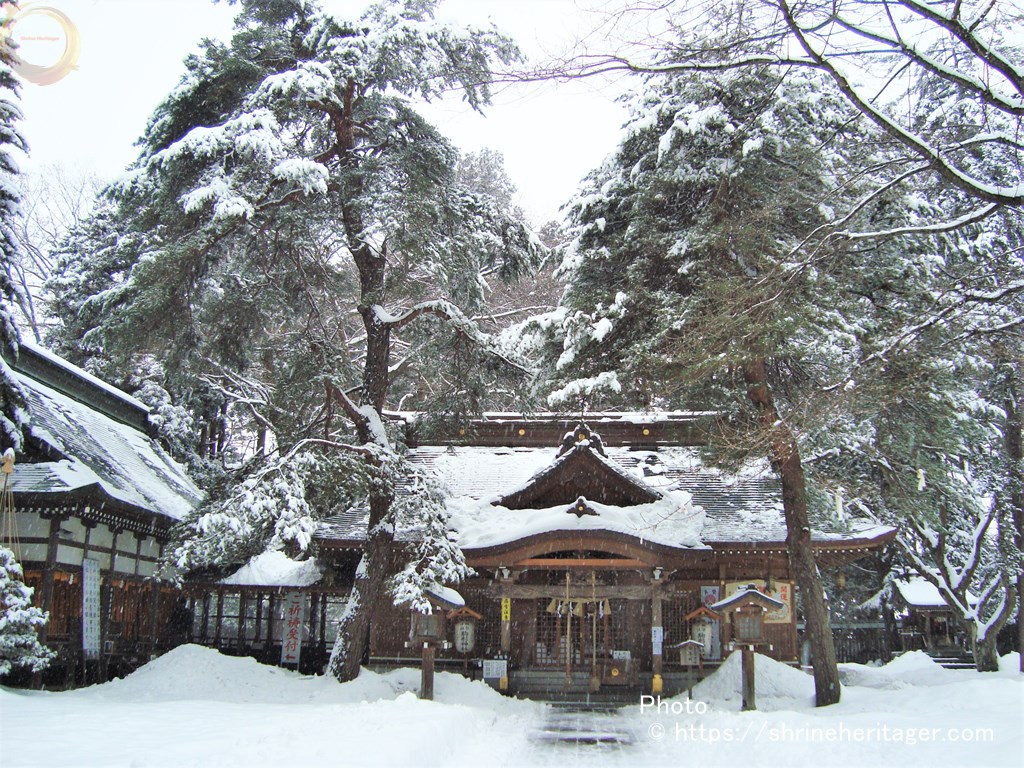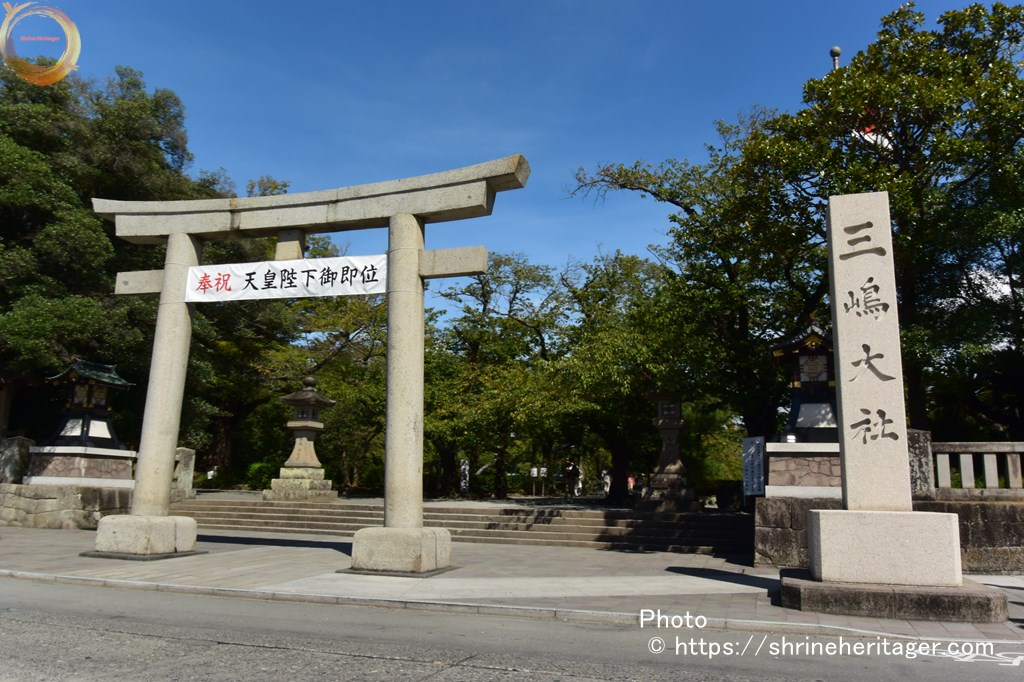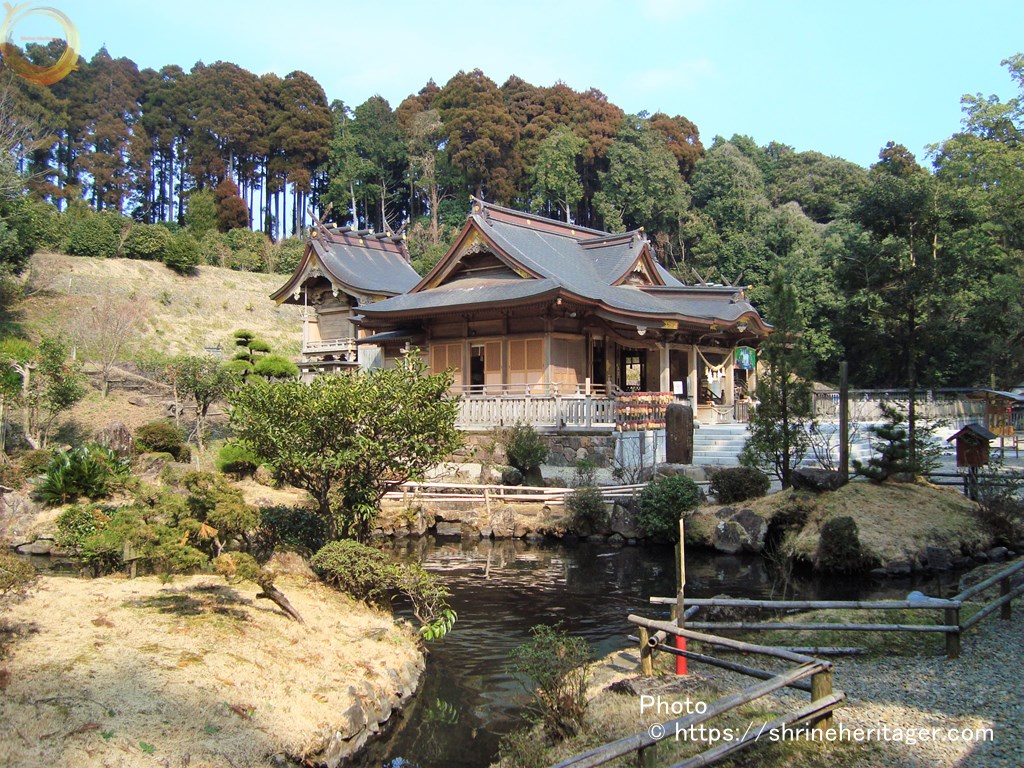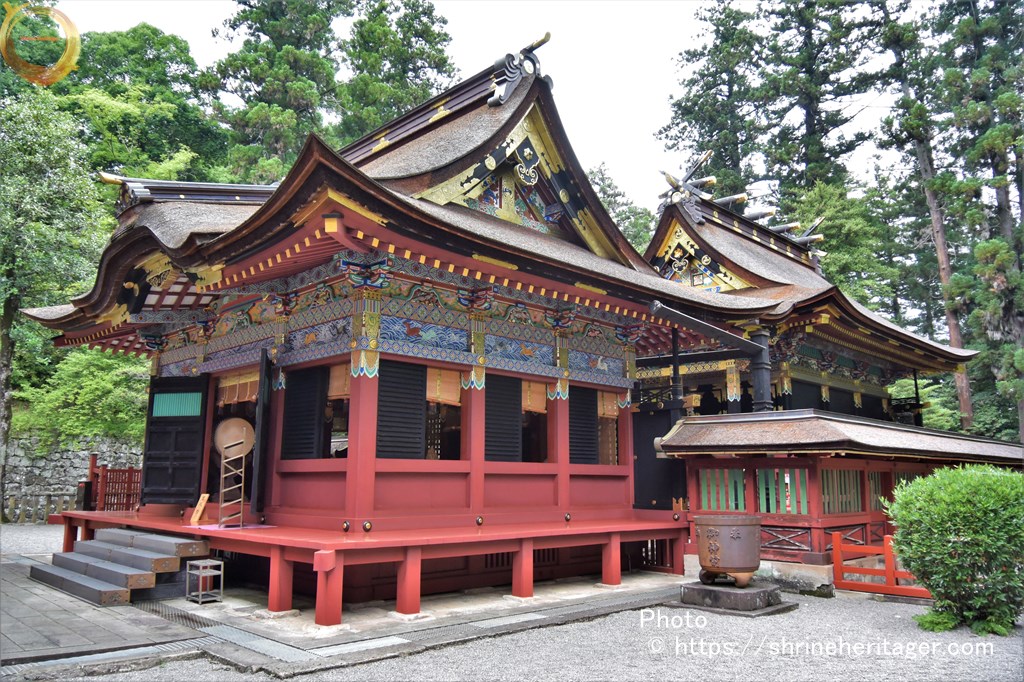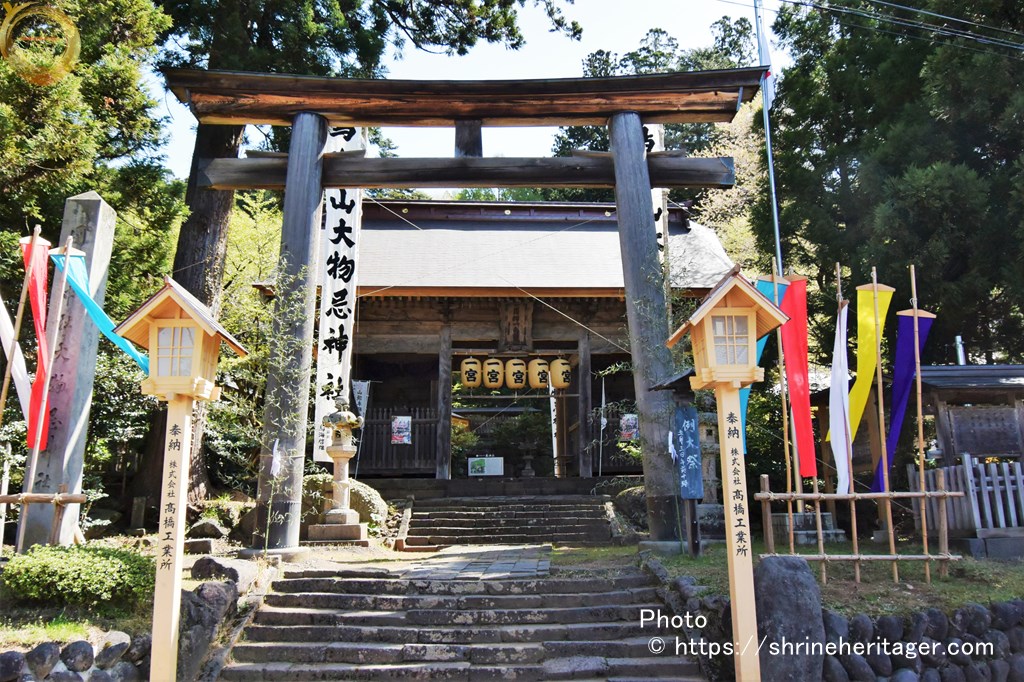延喜式神名帳
-

Iiishi Shrine (Takuwa)
It is Iiishi Shrine (Takuwa). "Ibiuzushio no mikoto" has the rock solid as the god when it descends from the heavenly world. The "iwa kura" is surrounded by Aragaki and sits in the back of the worship hall. You can worship the Shintai directly. It conveys the ancient form of the sacred place called "iwa kura".
-

興神社 (ko shrine)
Ko shrine (ko shline) is sitting right next to the ruins of the ruins of the royal capital of Iki (Iki) when Iki was the time of the royal system, and pays the 鑰 of the government office and the seal of the national government office. It is called by the company name of "In 鑰 Daimingjin" as a place, and it conveys a stately and high reason The common name of the villager is "Ichinomiya" And now it is the original Uchinajin Taisha "Ten te eldest son shrine" and "Ikikuni Ichinomiya" is our company " The theory that it is "Ko Shrine" is powerful.
-

Takomi Shrine (Yasuda, Hakuta Town)
Tabe Shrine is pronounced "Tamo", but the letter "Tafu" is also read as "Tazura" and it means "the surface of the rice field" as the character says. The sun shines in the "Tamen" protected by the villager, and the god of the festival is enshrined by the goddess of the beautiful sun, "Oho hirume muchi" in the rice field that spreads. The surface of the rice field is illuminated.
-

Sami Shrine (Shiraishi, Shishido Town)
This shrine is transmitted when the god 籬 of meoiwa iseki is sitting as a god body, and there is a Mbukuro rock (meoiwa ruins) on the line which extends the direction from the torii to the main shrine straight.
-

Eight Cedar Trees (Kitsumachi, Yunnan City)
Yamotosugi (Kijimachi, Yunnan City) is said to have buried the "eight corners" of the "Shirshi no Suginari" Yagi Daija (yamata no orochi) from Kamishiro.
-

水若酢神社(Mizuwakasu Shrine)
水若酢神社(Mizuwakasu Shrine) is located in the five districts of Okinoshima Town (Dogo) in Ichinomiya, Oki Province. It was founded in the era of the 10th Emperor Sujin, and is an old shrine with a beautiful precinct where old black pine trees grow. It is said that Mizuwakasu no mikoto, the god of rituals, was the god of land development in Oki Province and the protection of the Sea of Japan.
-

Watatsu Shrine (Sado City)
The Dozu Shrine was moved to its present location because of the flood in 1470 and old documents such as shrine sites, history, good luck, etc. were washed away.
-

鳴無神社(otonashi shrine) (Uranouchi, Suzaki City)
Naruno Shrine is said to be the original shrine of Tosa Shrine (Tosa Kuni Ichinomiya) According to legend, it is the beginning of The Naruno Shrine that dedicated the "one word main life" that was washed away by Tosa and drifted to Uranouchi Bay.
-

Odome Daimeijin (Yunnan City)
Odome Daimingjin (Yunnan City) has a history that it is the place where "one of the three kinds of divine vessels" (Kusanagi sword) was removed from the inside by slashing and fastening the tail of the Yamata no orochi.
-

Tamanoya shrine(玉祖神社)
Tamanoya shrine (Hofu City) is listed as "Tamaso Shrine Niza" in 『延喜式神名帳(engishiki jimmeicho)』 God Name Book. ) as the god of the festival, but the god of the other one is unknown, and in the company's story, the Tsunesei Naganary chicken collected and played at the time of "Iwato Kakure of the Heavens of Ameteru Ogami" famous for "Japanese mythology" is the god of the festival . It is said that "玉祖命(tamanoya no mikoto)" was taken to this place and stayed in this place, and it is designated as a natural monument, and it is bred in the precincts.
-

Ikonahime no mikoto shrine (Shirahama Shrine)
Ikonahime no mikoto shrine, according to the good luck of the shrine, "This god is transferred here from Miyakejima, and it will be transferred to Mishima later", and the pioneer god of izu islands "Mishima-jin - Mishima-jin" and the empress god "Ikonahime no mikoto" The hill "hitachiyama" on the Shirahama coast of the jinzachi area is a ritual site that enshrines the Izu Islands since ancient times, but the rituals of Ikonahime no mikoto Shrine are still continuing.
-

Susa Shrine (Sada)
Susa Shrine (Sada-cho) is said to be the "land of the end" and "the sacred place of the soul requiem" of Susanoo no mikoto, and it is said that "Izumo Kuni Fudoki (izumo no Kuni fudoki) In the article of Susago, "This country is a small but good country, so my name is not attached to trees or stones, I attach it to the land" and the soul of life (mi tama) It's written that it was put down here and paid, and it's definitely a historic shrine in Japan.
-

Onigami Shrine (Oku-Izumo-cho, Ohro)
Onigami Shrine (Oku Izumo-cho Ohara) enshrines "susanoo no mikoto" and its son "isotakeru no mikoto".
-

駒形神社 本社(komagata shrine)
Komagata Shrine Headquarters is called "Riku Chugoku Ichinomiya", and "Okumiya" is settled on the summit of Komagatake Mountains. In ancient times, it was thought that the area around the area was a production area for war horses. It is also said that in accordance with the Shinto Buddhist study with the horse head Kannon and Dainichi Nyorai, they are solicited and widely worshiped in various parts of Eastern Japan.
-

粟鹿神社(awaga shrine)
According to the company biography, ashiga Shrine is said to be the origin of the name of The Deer, which is said to have been the best ancient shrine in Tajima Province, which is said to have been enshrined as the most ancient shrine in Tajima Province, where deer emerged from Mt. Ashiga and taught farming to people.
-

三嶋大社(mishima taisha)
Mishima Taisha had been revered by the Imperial Court as a god responsible for the eruption and construction activities of the Izu Islands since ancient times. As a Ichinomiya in Izu Province, it is the center of faith in the Izu Peninsula.
-

Zama Shrine (Zama-san)
Zama Shrine is tall as Settsu Province Ichinomiya, and it is one of the oldest shrines in Osaka.
-

都農神社(tsuno shrine)
According to legend, this shrine is said to have been built by the first emperor, tenno Jimmu(神武天皇). That was before he reached the throne. It was 2700 years ago.
-

一之宮 貫前神社(ichinomiya nukisaki shrine)
For worship, once go up the approach from the south side and go through the Otorii. A flat approach leads to the main gate, drawing an arc. Then, from there, there is a steep descending stone step, and the shrine is built right below. Up, flattening, and then down. Go to the shrine on a “down road” that is very rare in Japan.
-

chokaizan omonoimi shrine(warabioka kuchi no miya)
(chokaizan omonoimi shrine) is called Dewakuni Ichinomiya. The head office (Okumiya) sits on the summit of Mt. Satomiya is seated in two places, The creation of the shrine of (chokaizan omonoimi shrine) (Waraoka guchinomiya) is handed down to the Emperor Kinmei(欽明天皇) 25 years (more than 1400 years ago)


